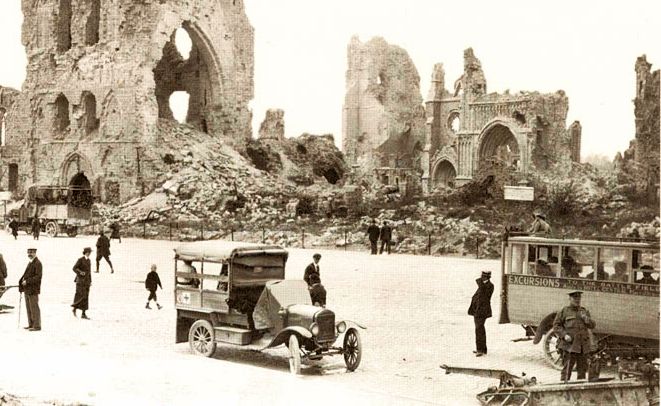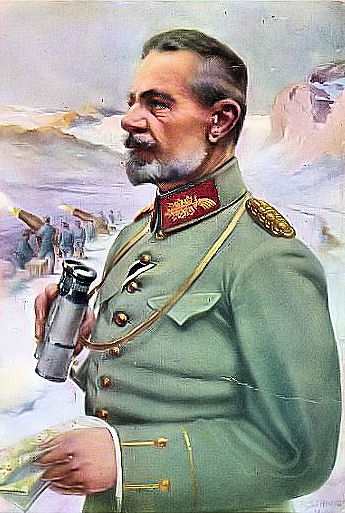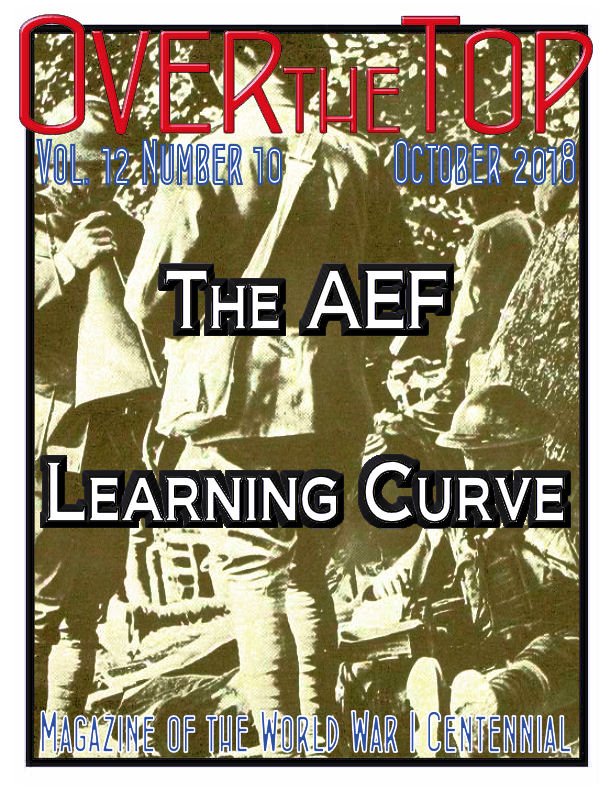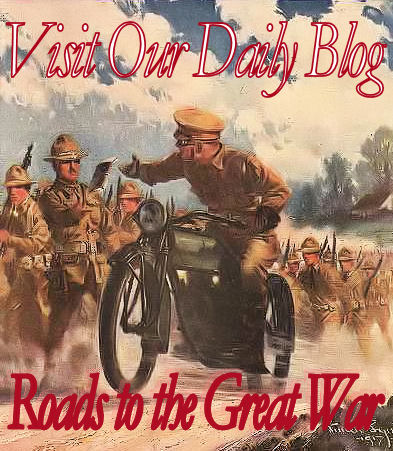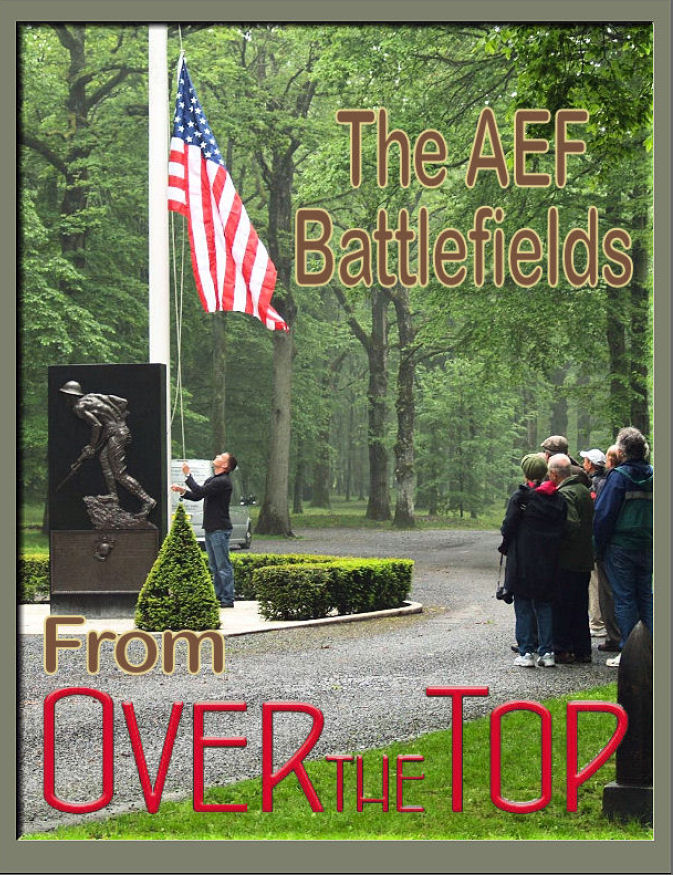U.S. Centennial Organizations & Resources
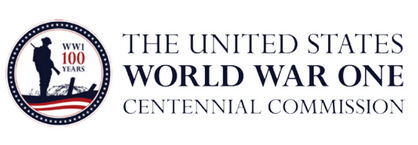
worldwar-1centennial.org/
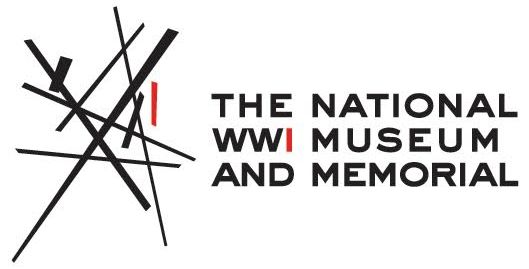
theworldwar.org/
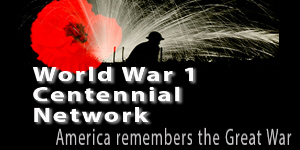
www.ww1-centennial.org/
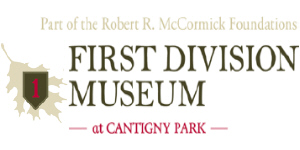
www.firstdivisionmuseum.org/

www.abmc.gov/
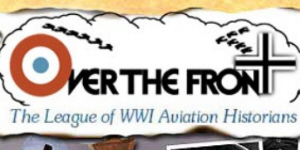
www.overthefront.com/
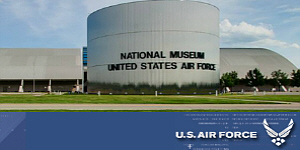
www.nationalmuseum.af.mil/
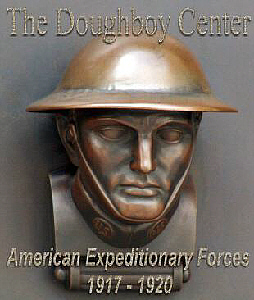
www.worldwar1.com/dbc/
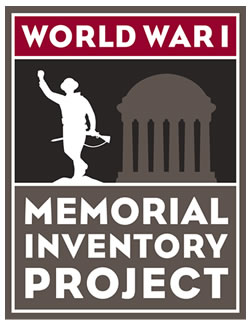
facebook.com/wwiinventory

wisconsinhistory.org/

www.uswarmemorials.org/

www.macarthurmemorial.org/

www.saving-hallowed-ground.org/
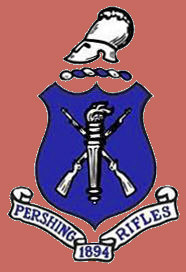
www.theprgroup.org/

pamilmuseum.org/
Support Worldwar1.com's Centennial Effort
Shop at Amazon.com
|
The Centennial Ticker
America Remembers Its Two Largest Battles of the Great War
At the St. Mihiel Cemetery, Thiaucourt, France
22 September 2018
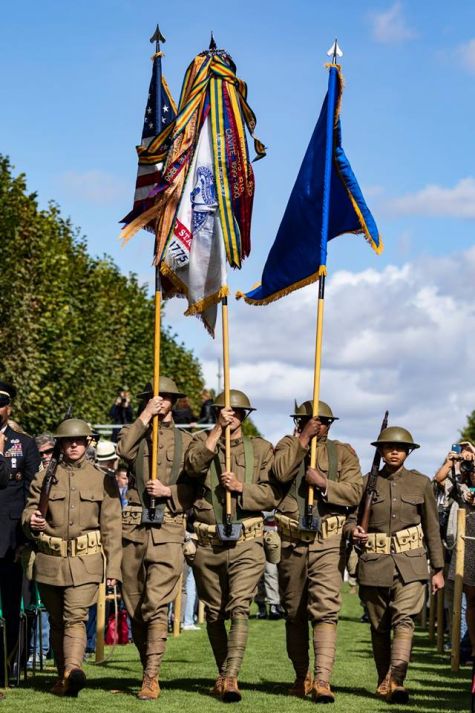
A Doughboy Color Guard Leads the Parade of the American Services
(Note the Gold Battle Streamers on the Middle Flag)
The American St. Mihiel Cemetery stands outside of what was a key objective of the initial operation of General Pershing's First Army, the road-hub of Thiaucourt. The cemetery was the site for the centennial commemoration of the great operation on 22 September 2018. American burials here total 4,153. Also, 284 fallen, who were never found, are honored in its memorial.
The St. Mihiel Offensive was fought between 12 and 16 September 1918 and—for a brief period—would be the largest military endeavor ever launched by the United States. Over 7,000 Americans would be killed in order to eliminate a salient which had long threatened the Allied communications and transportation network in eastern France. It was a battle of many "firsts" for America: the first U.S. operation and victory by an independent American army in the Great War; the first U.S. tank attack (personally led by Lt. Col. George S. Patton); the first exposure to large-scale offensive operations for numerous future World War II commanders, including, Army Generals George Marshall, Douglas MacArthur, George Patton, Mark Clark, Joseph Stillwell, and Marine Generals Holland Smith and Thomas Holcomb. It was also history's first D-Day, launched at H-Hour.
The event on 22 September featured honor guard units from France and all the U.S. military services. Commentary on the battle and the sacrifices of those who fought in it were made by French and American representatives of the military, diplomatic, and academic communities.
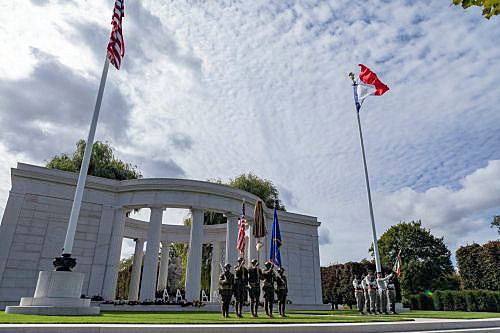
French and American Color Guards at the Cemetery Memorial and Chapel
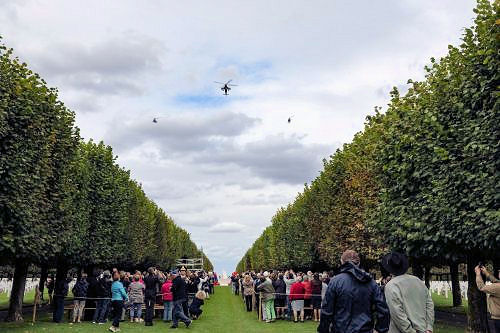
Helicopter Fly-Over Tribute
At the Meuse-Argonne Cemetery, Romagne-sous-Montfaucon, France
23 September 2018
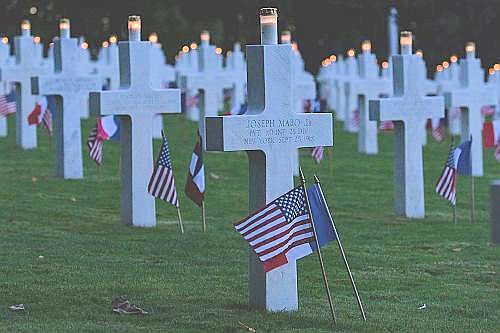
The Illumination of Over 14,000 Graves
Reported by Patrick Gregory
Posted on Centenarynews.com on 26 September 2018
On Sunday 23 September 2018 the American WWI cemetery at Romagne-sous-Montfaucon in northeast France played host to a centennial ceremony, paying tribute to the 26,000 fallen of the United States’ Meuse-Argonne offensive 100 years ago. The campaign–which began the Allies’ last push of the war–remains the largest single battle ever fought by the American military.
It began and ended in rain. Fittingly–perhaps–a mirror image of the dank autumnal day in September 1918 when American Expeditionary Force commanders sent their troops into this treacherous upland terrain.
Sunday’s ceremony–three days ahead of the actual anniversary date itself of 26 September–saw modern-day representatives of the units from that epic battle joined by political and civic leaders, officials, relatives and members of the public. They came from America and France, from Britain and all over Europe to pay their respects.
Romagne-sous-Montfaucon is Europe’s largest American military cemetery, the resting place of over 14,000 service personnel, the vast majority from the Meuse-Argonne offensive. It stretches over 130 acres up to a memorial chapel which sits on top of a ridge at its far side, and it was into the chapel on Sunday that as many visitors as possible crowded in from the rain, to listen to the speeches and dedications, leaving empty rows of seating outside.
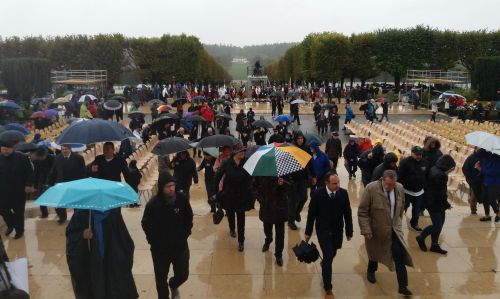
Showers Greeted the Arriving Crowd
Welcoming guests, including U.S. Army Secretary Mark Esper, the Secretary of the American Battle Monuments Commission William Matz reflected on how the grounds of the modern peaceful cemetery had once been witness to the bloody conflict of autumn 1918. But he wished to pay tribute to all who had served in the 1917 and 1918 period:
Today we reaffirm our mission to honor [all] the soldiers who served in the Great War, a war that brought America into the modern age and thrust America onto the world stage.
Prayers were followed by speeches from local dignitaries and remarks from Supreme Allied Commander Europe General Curtis Scaparrotti and France's commanding officer of the Zone de Défense Est, Général Gilles Lillo.
A poem was read by a serviceman dressed as a WWI Doughboy and wreaths of remembrance laid, one by Sandra Pershing, granddaughter-in-law of the commander of the American Expeditionary Force General John Pershing, and finally a minute’s silence and the playing of French and American national anthems by the U.S. Naval Forces Europe Band.
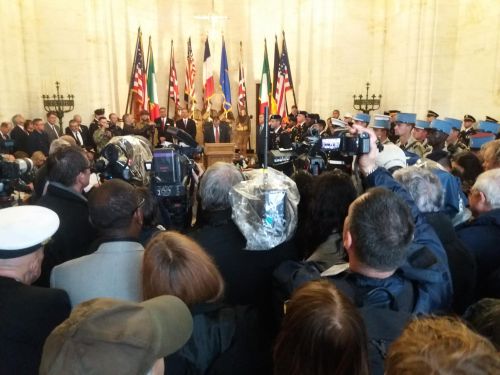
The Main Ceremony in the Chapel
So as the Centennial itself begins to pass into history, what is the likely legacy of attempts to educate people in the United States and the rest of the world about America’s role in 1917 and 1918–an often under-reported war? A question for US WWI Centennial Commissioner Monique Seefried. She sees that legacy as being dependent on a properly coordinated teaching drive in schools in the U.S. and via history institutions.
We have finally been funded by the US Government to develop a series of education programs with master teachers, with the History Channel, with the National World War 1 Museum in Kansas City and with the Gilder-Lehrmann Foundation: to really engage in a strong renewal on how WW1 is taught. So we really hope that through this Centennial we will be able in the future to bring back WW1 into the history program so that when they are taught about the 20th Century in years to come, children do learn about both WW1 and WW2, and the peace which ensued.
Patrick Gregory is co-author with Elizabeth Nurser of An American on the Western Front: The First World War Letters of Arthur Clifford Kimber 1917-18 (The History Press).

October 1918
The Battle of Vittorio Veneto Concludes the War
on the Italian Front

Italian Troops Advancing Toward Vittorio Veneto
Despite the resounding defeat of the Austro-Hungarians at the Battle of the Piave River in June 1918 the cautious Italian Chief of Staff Armando Diaz hesitated to press home his advantage over the Austro-Hungarians, preferring to confine the army to local operations. This was despite appeals from both Ferdinand Foch–the Allied Supreme Commander–and Lord Cavan, commander of British forces in Italy.
However, the advancing successes of Italy's allies on the Western Front–which effectively ruled out German assistance to their Austro-Hungarian allies on the Italian Front (with the Germans themselves requesting assistance in France)–brought about a change of heart. The Italian government, keen to ensure the maximum territorial gains ahead of the ensuing peace conference, added to the chorus of pressure upon Diaz. Thus, he resolved to launch a combined offensive. A primary assault would be launched on the Piave, intended to advance upon Vittorio Veneto.
Diaz reasoned that this would cause a separation between Austro-Hungarian forces on the Adriatic plains and those in the mountains–at which point he would simply "roll up" the isolated Austro-Hungarian mountain force. Separately to the west, at Mount Grappa, the Italian Fourth Army would penetrate the Austro-Hungarian lines held by Archduke Josef (in the west) and Boroevic von Bojna (in the east running along the Piave). Facing the Austro-Hungarians across the river were four Italian armies–the Third, Eighth, Tenth, and Twelfth.
The combined Italian force totaled a sizeable 57 divisions, of which three were British and two French, along with a single U.S. regiment. Ranged against them were 52 nominal Austro-Hungarian divisions. In terms of artillery, the Italians also held the advantage with 7,700 guns to 6,030. Crucially, Italian morale was notably higher than the thoroughly demoralized Austro-Hungarian force.
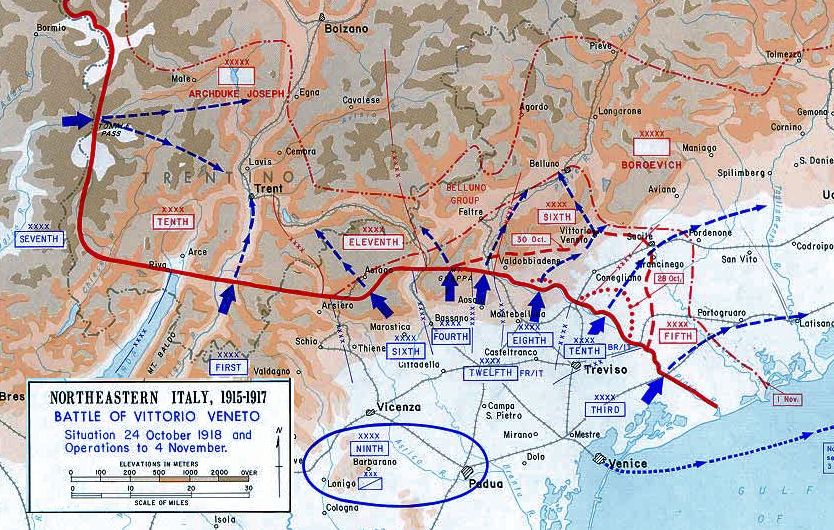
West Point Atlas Map of Vittorio Veneto (Detail)
The attack opened on 23 October 1918 with an Italian advance in the mountains. The extent of Austro-Hungarian resistance surprised Diaz, however, and succeeded in preventing any significant Italian gains, although the Austro-Hungarians were obliged to bring up reserves from the Lower Piave. Such reserves could be ill afforded given that the main Italian advance began the same day in the Lower Piave.
Lord Cavan's Tenth Army succeeded in capturing Papadopoli Island two days later, on 25 October. On 27 October his force was again in the fore, succeeding–in spite of a river flood–in establishing a bridgehead across the river, meeting with relatively light Austro-Hungarian resistance. Some 24km further north, Twelfth Army, led by General Graziani, also crossed the river and likewise established a bridgehead; Eighth Army followed to Graziani's right. Shortly afterward, Cavan dispatched two detachments to clear the river of remaining Austro-Hungarian resistance, after which the bridgeheads were joined.
With Cavan's main force pushing ahead on 27 October, the Austro-Hungarian Fifth Army was forced back. Three days later the Italian Third and Tenth Armies succeeded in reaching the River Livenza and Eighth Army took the primary target of Vittorio Veneto, thereby splitting the Austro-Hungarian armies. The U.S. 332nd Infantry Regiment assisted in forcing the Tagliamento River during this phase. With the Allies succeeding in advancing 24km along a 56km front, a truce was finally agreed on 2 November with the capture of Tagliamento; an armistice came into effect the following day, signed at Padua. Hostilities were concluded on 4 November.
A resounding success for the Allies, Vittorio Veneto finished the Austro-Hungarian army as a fighting force. The Italians lost some 38,000 casualties, a figure dwarfed by the 300,000 prisoners suffered by the Austro-Hungarians. Simultaneous political turmoil completed the disintegration of the Austro-Hungarian Empire.
Sources: Firstworldwar.com
|
|
|
|
|
Thanks to each and every one of you who has contributed material for this issue. Until our next issue, your editor, Mike Hanlon. |
|
 (Or send it to a friend)
(Or send it to a friend)
|
Design by Shannon Niel
Content © Michael E. Hanlon
|


